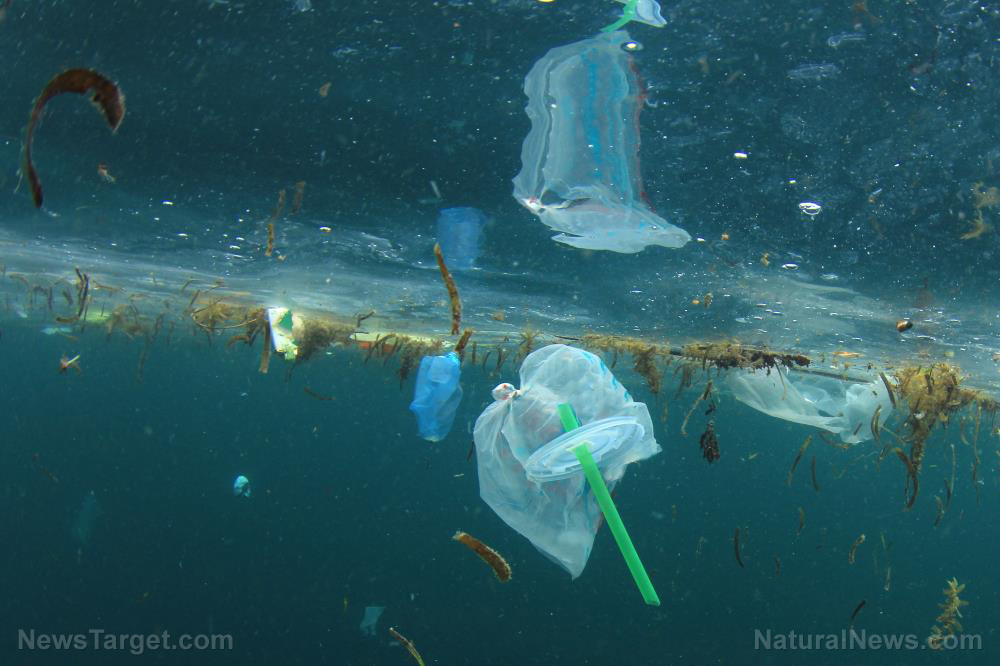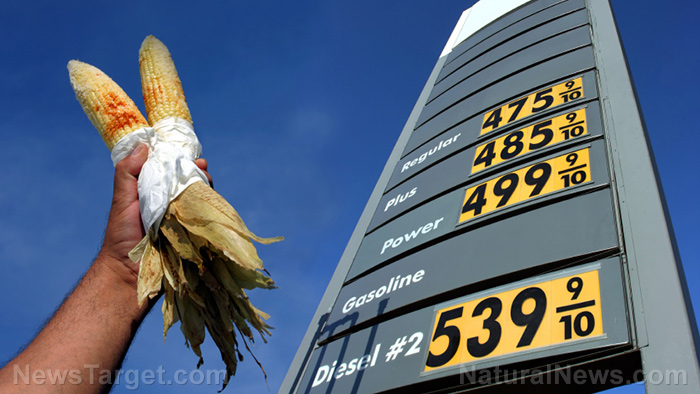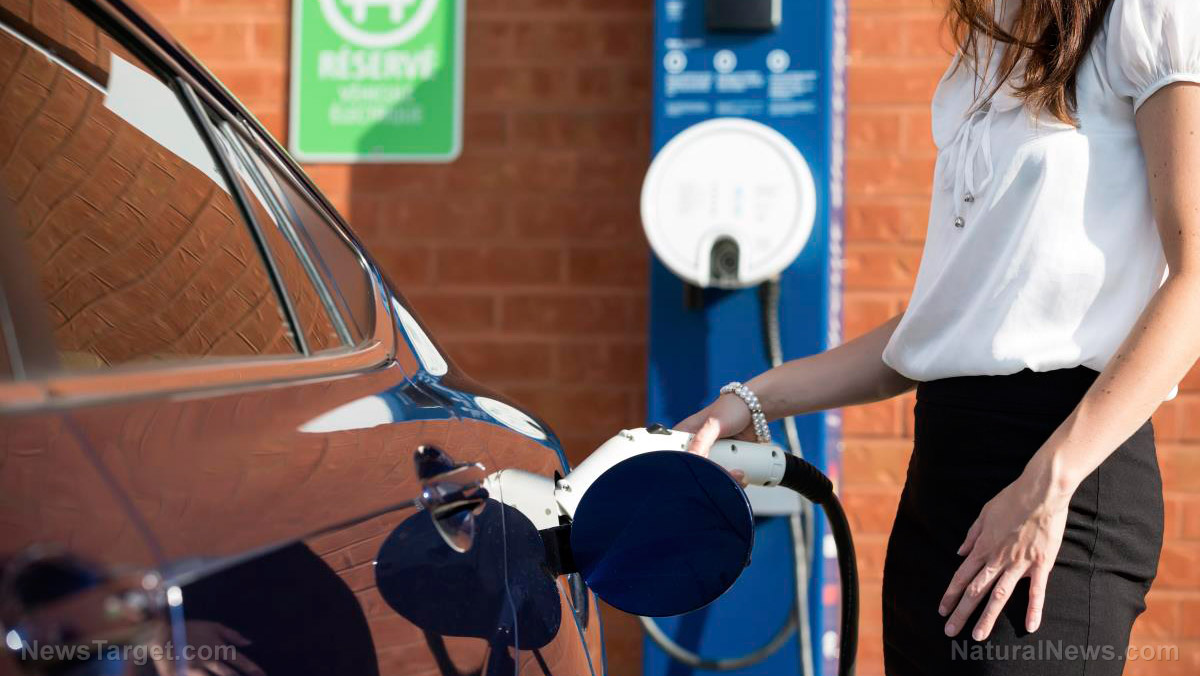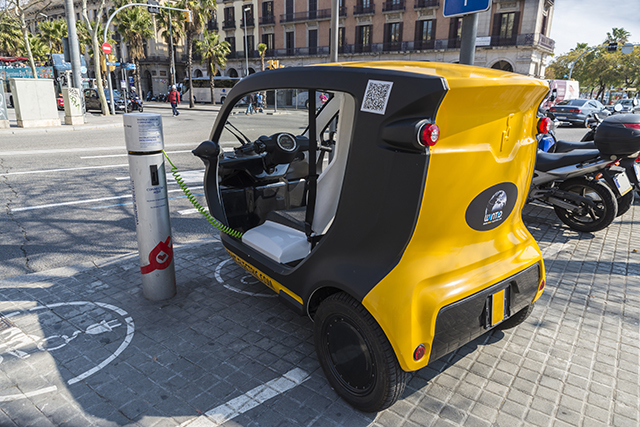Guesswork magically turns fossil fuel into so-called “carbon-neutral” natural gas
08/24/2021 / By Nolan Barton
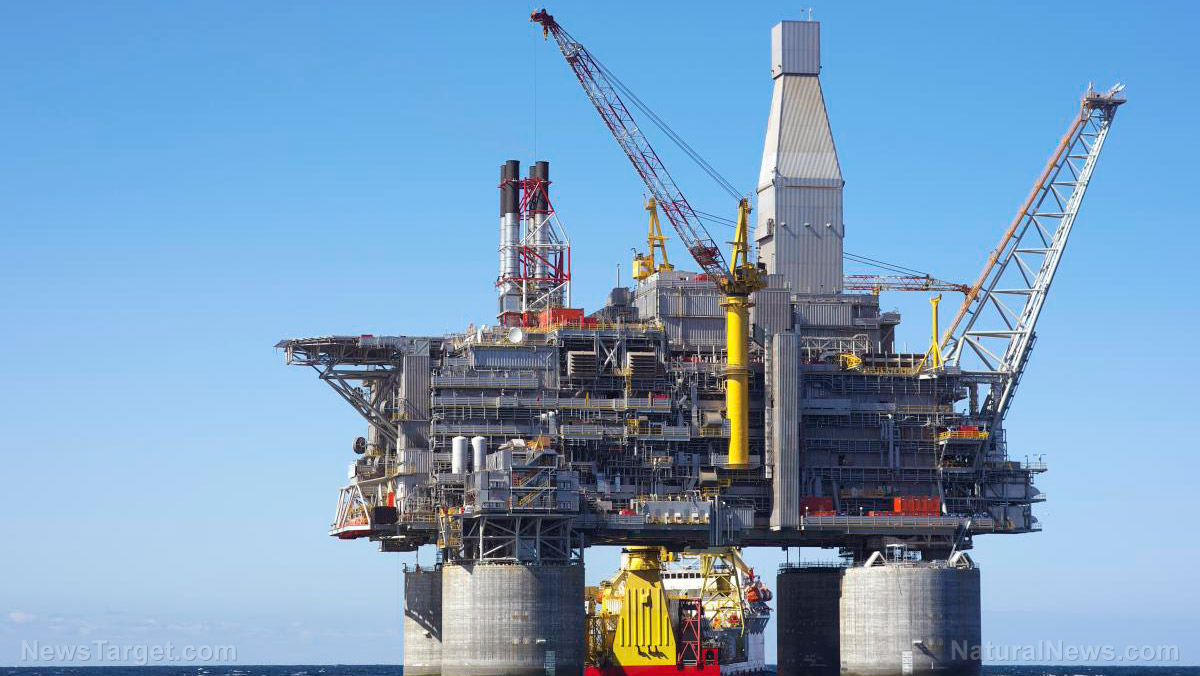
A team of junior traders at TotalEnergies SE orchestrated the company’s first shipment of “carbon-neutral” natural gas in September last year with a little help from Google and a lot of guesswork.
Carbon-neutral natural gas is the greenest-possible designation for fossil fuel and an important step in making the French energy giant’s core product more palatable in a world that is increasingly becoming emissions-conscious.
According to an insider with knowledge of the deal, Total’s team only started to figure out how to neutralize the emissions contained in a hulking tanker full of liquified natural gas (LNG) after getting the go-ahead from its buyer – China National Offshore Oil Corp. (CNOOC).
The team’s first step was to search the Internet for worthy environmental projects that might offset the pollution. Total needed to find green projects that could generate carbon credits backed by an international organization without costing too much.
That deal was going to push through, but the players wanted to look good while doing it. They wanted to be the pioneers of carbon-neutral deals between the two companies.
Total and CNOOC have a strong relationship reinforced by a sale and purchase agreement (SPA) for LNG initially signed in 2008. They signed an amendment to their existing SPA 10 years later to strengthen their cooperation in the LNG business. The partners have increased the contract volume from 1 million tons per annum (Mtpa) to 1.5 Mtpa of LNG and have extended the term of contract to 20 years.
Funding environmental projects to supposedly “offset” fossil fuel emissions
Total helped fund a project that aims to protect the forest bordering Zimbabwe and Mozambique through Swiss carbon finance consultancy firm South Pole. Wildfires tend to leap between the two countries, laying waste to trees before anyone can respond.

“This whole bush can be razed to the ground if we don’t do what we’re doing,” said volunteer Kembo Magonyo, who spends spring months clearing stubborn jumbles of branches in the area. (Related: The latest left-wing ecological insanity: Clear-cutting forests to burn the trees for “green” energy.)
The bulk of Total’s offsets came from the Hebei Guyuan Wind Farm Project in China. In this case, the electricity generated by the wind turbines would theoretically prevent the need to use Hebei’s dirty coal-fired power plants. In the complicated new math of climate solutions, the potential emissions prevented by those environmental projects supposedly offset what Total’s gas cargo puts into the atmosphere.
The resulting deal looks like a win for everyone. Total keeps its promise to investors to shrink its carbon footprint, impoverished communities receive financial support and CNOOC gets to tout the shipment as one of the steps it’s taking to “provide green, clean energy to the nation.”
However, climate experts and a crucial organizer behind the deal say that it will do virtually nothing to decrease carbon dioxide in the atmosphere – falling far short of neutral.
“The claim that you can market the sale of fossil fuels as carbon neutral because of a meager few dollars you put into tropical conservation is not a defensible claim,” said Danny Cullenward, a Stanford University lecturer and policy director at CarbonPlan, a nonprofit group that analyzes climate solutions for impact.
Cullenward said efforts to prevent deforestation by stopping wildfires can only avoid additional heat-trapping gas released when trees burn. Rural villagers can’t do anything to counteract the large-scale pollution from natural gas, other than making energy traders and consumers feel good for supporting green causes in regions where money is scarce.
One of the co-founders of South Pole, which helped develop the Zimbabwe project and sold its carbon credits to Total, doesn’t believe forest protection can rectify pollution from natural gas. “It’s such obvious nonsense,” said Renat Heuberger. “Even my 9-year-old daughter will understand that’s not the case. You’re burning fossil fuels and creating carbon emissions.”
Offsetting not a substitute for direct emissions reduction
Total said in a statement that it conducts due diligence on offset projects and confirmed that it split the cost of offsets in the LNG transaction with CNOOC. The company added that it doesn’t count carbon credits in its companywide emissions reports or as part of its plan to reach net zero by 2050. “While an important tool, offsetting cannot be considered as a substitute for direct emissions reductions by corporations,” it said.
The use of scientifically defined terms “carbon neutral” and “net zero” in marketing language leads to confusion. Both terms mean balancing any emissions added to the atmosphere with an equivalent amount of removal. (Related: The “great zero carbon” conspiracy.)
Total’s products start producing emissions at the moment of extraction. Chilling the gas into a liquid for shipping wrought additional emissions. At the final destination, the LNG was likely burned to power the city’s countless factories or an electricity grid serving more than 12 million people.
This would leave a centuries-long residue of atmospheric carbon dioxide that Total’s traders had to neutralize. Total and CNOOC agreed to set the shipment’s emissions at 240,000 metric tons of carbon dioxide, the same amount of pollution generated by 30,000 American households in a year.
The figure is just a rough estimate since there are too many variables. “No one has convincingly produced an accurate calculation,” said Fauziah Marzuki, an analyst at research group BloombergNEF. “All of these deals are making assumptions.”
For example, the Hebei wind farm has been generating clean energy for over a decade and it’s not fair to assume that it would stop doing so without several hundred thousand dollars from Total and CNOOC.
Carbon Market Watch Policy Officer Gilles Dufrasne noted that Verra, the organization that certified the Hebei credits used in the Total deal, has since updated its policies to exclude large-scale grid-connected renewables. If the wind farm’s operators tried to register as an offset project today, “it would not be accepted,” he said.
Follow CarbonDioxide.news for more news and information related to carbon emissions and so-called carbon offsetting.
Sources include:
Submit a correction >>
Tagged Under:
This article may contain statements that reflect the opinion of the author




